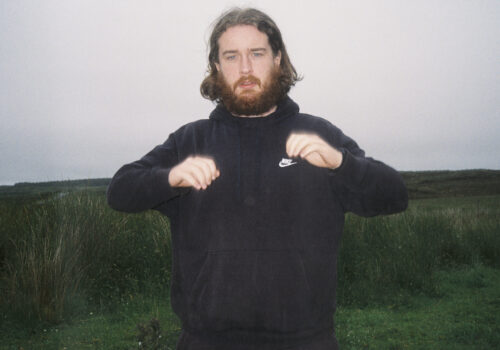The Beautiful Irish January 6th Tradition of Nollaig na mBan
6 January marks the date in our calendar where Christmas trees should be down and boxes of celebrations should be demolished. The final day in the 12 Days of Christmas, the Irish have utilised the date to pay homage to the women in our lives.

Nollaig na mBan would see women put their feet up or socialise as men undertook the traditional roles in the house usually carried out by women. Looking after children and cleaning the house would be accompanied by a traditional goose dinner, using the very last of Christmas leftovers as the trimmings.
Until 1582, most of the Christian world celebrated Christmas on 6 January. This changed with the introduction of the Gregorian calendar, which in turn moved Christmas back by two weeks. Much like The Wren, Nollaig na mBan (translated literally to “Women’s Chrismas”), is celebrated across the Gaelic world in Spain, The Scottish Highlands, the Celtic Islands surrounding The British Isles aswell as the Amish community in The U.S.

There were many traditions related to Nollaig na mBan:
This includes mothers rubbing a tail of a herring across their children’s eyes to ensure good health. It was also believed that at midnight, all well water across Ireland would turn to wine and animals would briefly gain the skill of speech, but witnessing these phenomena would bring bad luck for the year.
A cake from mud or clay would also be made and candles representing each family member were added on top. The order the candles blew out was supposed to indicate the order that each person would die in.
With the regression of traditional gender roles, Nollaig na mBan has slowly declined in popularity however still stays alive in some areas of Ireland. Dublin is set to host its third festival celebrating the day, welcoming notable Irish women including the likes of boxing champion Kellie Harrington.





